There were eight or ten of us sitting on benches and chairs around the walls of the smokehouse on Jon Gjerde’s farm at Ringheim, mostly middle-aged Norwegians, drinking cool, citrussy, lightly conditioned farmhouse beer, telling jokes and stories, talking about brewing and the creating of ale, and the local district’s long line of skiing champions, and eating slices of fantastically delicious smoked lamb made in that same building. It was cold enough for your breath to be visible, the only light a couple of lamps and the flames of the wood fire under an iron cauldron filled with 160 litres or so of water and several kilos of juniper branches. This is oppskåka, literally “the shaking-up,” the centuries-old informal tradition that happens in rural Norway whenever a local farmer has brewed some beer and his neighbours, who have watched the preparations from a distance, come over to check out the latest batch, drink large amounts and give their judgment on it: “The well was far off when you made this” if it was a good strong brew, “I can tell you live near a great lake” if it was too weak.
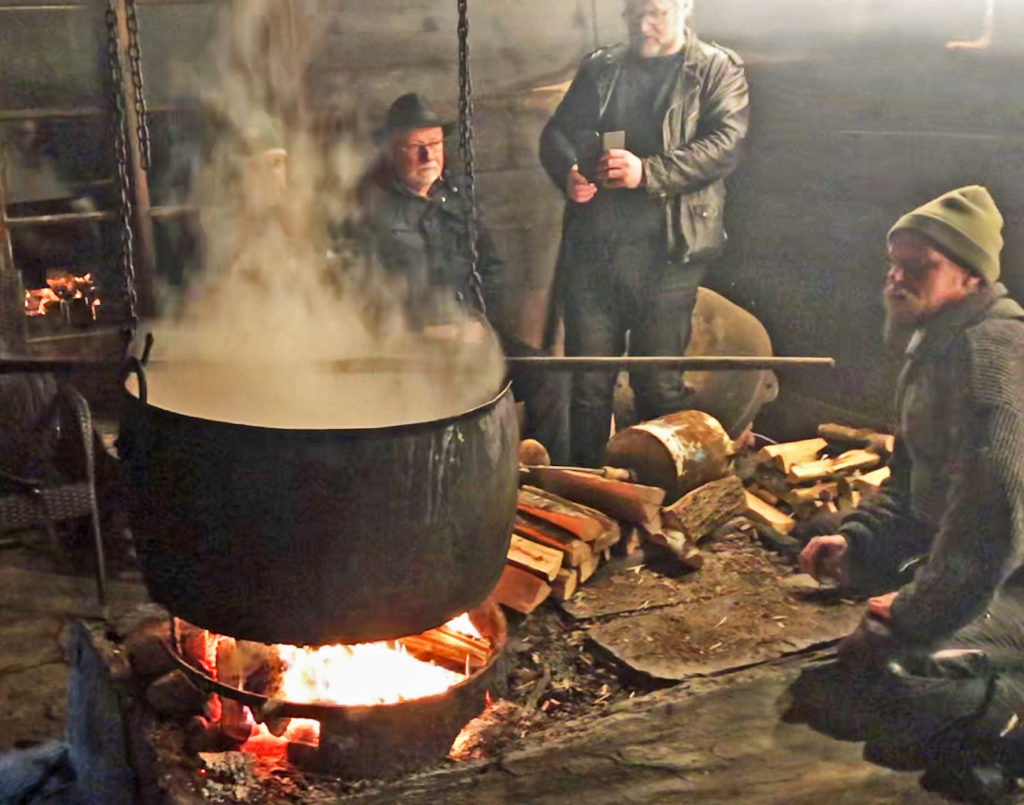
Actually, this was a bit of a fake oppskåke, put on for the visiting British journalists: the boiling up of the water with juniper is merely the start of farmhouse brewing in this part of Western Norway, around Voss, some 60 miles inland from the port of Bergen. Some of the hot juniper-water is used to scrub down and disinfect all the brewing utensils, and the rest is used to mash the grain, and produce the wort. After several beers with Jon Gjerde – who, not coincidentally, is a partner in what was the first local commercial brewery, Voss Bryggeri – we were all away to the smokehouse at Kjetil Dale’s farm nearby in Dalsleite, where the process started some hours earlier, and business had reached the point where the juniper-infused wort was coming to the end of its boil with hops. Kjetil got the temperature of the now hoppy wort down to the level where it could be pitched with yeast, using an immersion “wort chiller” that I suspect was a repurposed farmhouse spiral milk cooler, with cold water running through a metal coil.
As we sat drinking more beer, there was a small hitch: it was so cold outside, -5ºC, that the water had frozen in the hosepipe between the tap in the farmhouse and the smokehouse where the cooler was submerged in the wort, and the ice had to be broken up in the hosepipe before the cold water could flow again and get the temperature of the wort down to the right level for yeast pitching time. Eventually Kjetil announced that we were there: the wort had now dropped from boiling point to 39ºC, and the yeast could be added.
At this point brewers everywhere, except in Western Norway, will run screaming around the room. Any brewing manual or textbook will tell you that yeast should be pitched at 20ºC, considerably cooler than 39ºC, which is the temperature of a hot bath. But this is kveik, the unique, tough, spit-in-your-eye family of beer yeasts that has been used for centuries by farmer-brewers around the fjords and dales of Western Norway, and it likes to swim in hot wort, it adores hot wort, it will not work properly in anything but hot wort. At 39ºC, kveik will ferment out your beer in not much more than 48 hours, far faster than the wimpy varieties of yeast “ordinary” brewers use, and it will add its own special flavour profiles as well, which, depending on the variety of kveik, vary from oranges through mangoes to mushrooms.
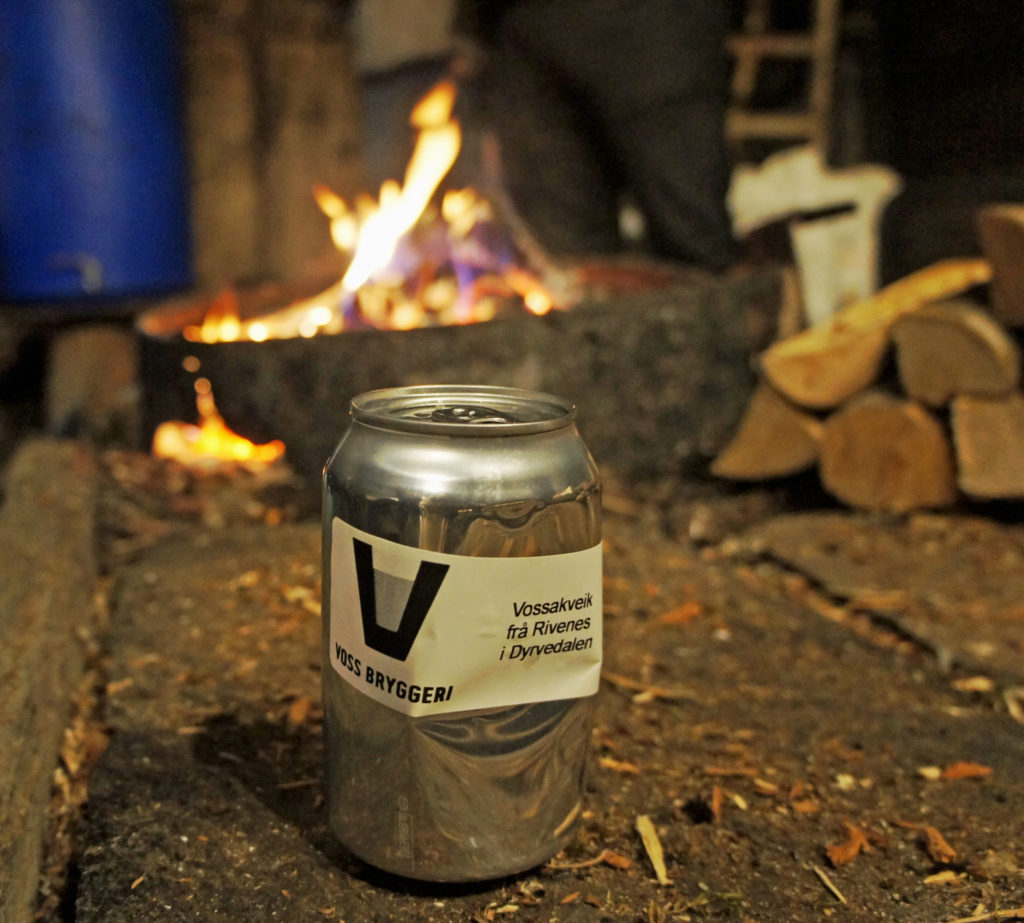
The rise in knowledge about kveik, and the boom in kveik’s popularity, have been just as rapid, and remarkable, as the fermentations kveik produces when added to hot wort. Six years ago, in 2014, kveik was “basically unknown” outside those areas in Western Norway where farmer-brewers still used it, as their grandparents and great-grandparents and great-great grandparents had. Today there are more than 1,500 beers with “kveik” in their name on Untapped, many yeast labs are now selling varieties of kveik for use by amateur and professional brewers — you can find it as far away as Brazil —, and several beer festivals have been dedicated to kveik, not just in Norway but in the United States.

However, this explosion in interest in something that is a fundamental aspect of the history and heritage of the local people is a double-edged sword. The people of Voss, and other localities where brewing with kveik has hung on are happy that others are now appreciating what their special yeasts can bring to the party. But their fear is that while the world is gaining, they may be losing, and their living tradition is in danger of being forgotten. The commercial value in kveik is “considerable”, and while farmers so far have been happy to share their own varieties of this historic family of brewing yeasts, many yeast labs seem unwilling to credit those original owners. Atle Ove Martinussen, head of the West Norway Cultural Academy, says: “The traditional home brewing with kveik is one of our last links to the long beer history we have. To use the yeast solely for its properties and not know the history is to lose the proud history of farm brewing we have in Western Norway.”
To try to safeguard that heritage in the face of the commercialisation of kveik, the cultural academy has launched a project to apply for traditional brewing with kveik in Western Norway to be listed by Unesco, the United Nations Educational, Scientific and Cultural Organization, under the Convention for the Safeguarding of the Intangible Cultural Heritage. If the application is successful, the sort of beer brewing that takes place on farms like Kjetil Dale’s and Jon Gjerde’s would join a long line of other “intangible cultural heritages” from more than 120 different countries that includes everything from lacemaking in Croatia, the Rumba in Cuba and hand-puppets in Egypt to Neapolitan pizzaiuolo, Kabuki theatre in Japan, and windmill operating in the Netherlands.
It will be a long road, however, taking at least a couple of years to gather all the evidence for the application, investigating the history of farmhouse brewing in Western Norway, trying to produce a “molecular clock” that will show, hopefully, when kveik as a family of yeasts broke away from “mainstream” brewing yeasts, and thus just how far back the kveik tradition goes, talking to surviving farm brewers about their techniques and methods, and the importance of home brewing to their lives and the lives of people in their communities. Eventually a portfolio will be put together to go to the Norwegian government, and the government can then, if it approves, put in the application for recognition of farmhouse brewing as an “intangible cultural heritage” to Unesco. “It’s very important to stress that this is an unbroken living tradition, even if fewer and fewer people are doing this traditional brewing,” Martinussen says.
The hope is that the kveik tradition can also become one of the area’s tourist attractions, with people able to go along to farms like Kjetil Dale’s and Jon Gjerde’s and watch beer being made the way it has been for centuries. Voss is already visited by many thousands of fans of skiing and extreme sports, being one of Norway’s main ski centres. Lars Marius Garshol, the Norwegian beer writer whose investigations into kveik largely helped launch interest in the subject, told the seminar in Voss that marked the start of the Unesco application process that most people visiting Norway would probably find traditional brewing fascinating, with its wood fires and huge copper kettles, the use of juniper as an essential part of the process, the unique yeasts, the drinking from wooden bowls with horsehead handles: “Correctly marketed, this could become part of the popular image of ‘Fjord Norway’,” he said – “and it should, because beer was and is a major part of local culture.”
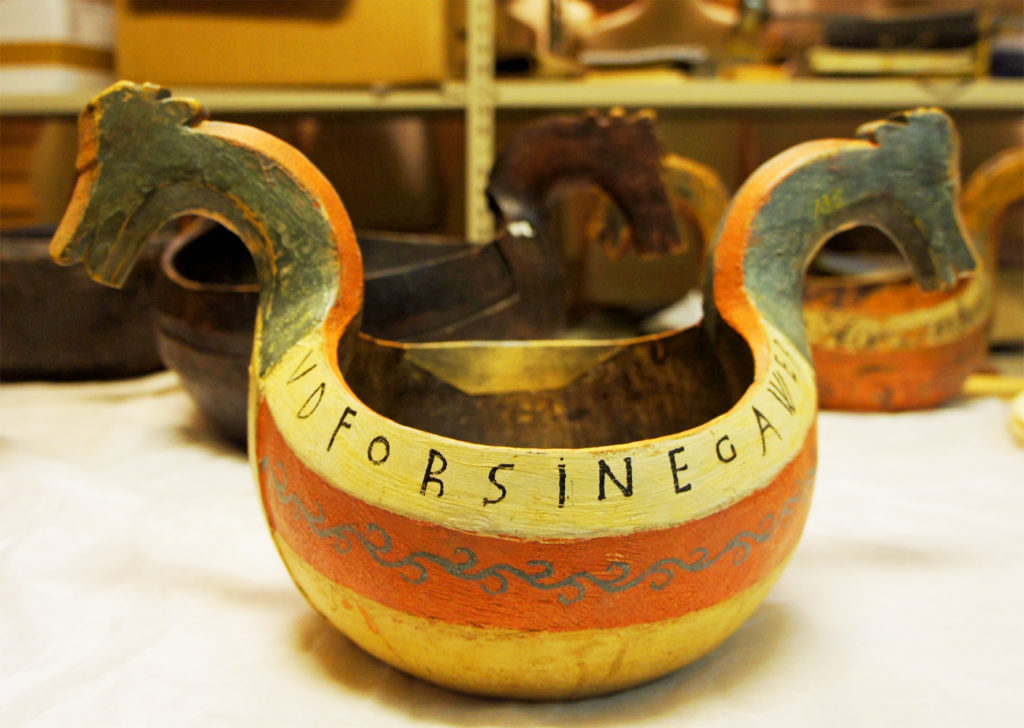
Kveik will also shake up the brewing industry worldwide. Cooling down hot wort to a temperature that yeast will be happy at takes time. With kveik, because it’s delighted with far higher temperatures than “normal” yeast, the cooling takes much less time, and much less energy, and much less cost. Kveik also ferments quicker than standard brewing yeasts. This is hugely helpful for anyone trying to brew in, say, a tropical climate, where the tap water is likely to be hotter than 20ºC. It is also hugely useful for a brewing giant looking to save pennies wherever it can to keep shareholders happy. You can bet brewers’ labs everywhere are looking at kveik.
Mind, there’s a surprising amount to look at. More than 30 different individual kveik cultures have been collected so far in Western Norway, with more being discovered. In each one of those cultures there are generally a large number of different strains of yeast. The genetic variation is huge, even within a single culture.
Nor is kveik the sole brewing tradition in Norway (I nearly said “sole brewing style”, but kveik isn’t a style – it’s just the local word for yeast, and there are other words for yeast in other areas). There is Kornøl in Nordfjorde and Sunnmøre, Hardangerøl and Stjørdalsøl, all individual, different farm brewing traditions.
But it’s a danger that many in Voss are aware of that while the world is learning to love kveik, at home it’s still a tradition in danger of being lost. “People in Western Norway don’t realise what they have,” Lars Marius Garshol says. Being Unesco-listed, alongside more than 500 other “intangible cultural heritages”, including reggae in Jamaica and falconry in Mongolia, “would help enormously,” he says, and “attention from abroad makes a big difference” – which is what I am doing in Voss, invited there to gather more of the story and tell it to as wide an audience as possible, in order that the people in Voss itself can realise, looking at how interested people abroad are, just how amazing what they have happening on their doorsteps is.
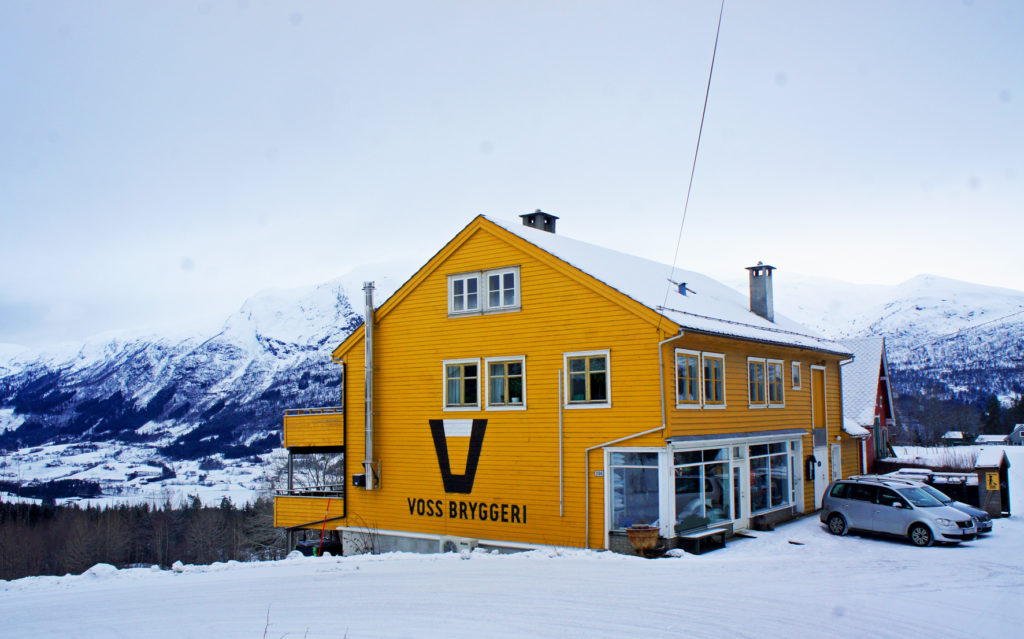
Certainly Voss should be on every beer tourist’s bucket list. It’s a beautiful place, and the available beery experiences are amazing. A trip to the Voss Folk Museum is fascinating: it incorporates a set of old farm buildings which preserve the implements of a way of life that vanished a century ago, including all the old home brewing equipment. The Voss Brewery, now the oldest of several local craft brwers in the area, produces some excellent examples of beer made with kveik – the rye kveik ale is first class – and possess one of the top ten most beautiful settings of any brewery on the planet. And if you do manage to get in on an oppskåka, you will swiftly realise that this – THIS – is what beer is all about: companionable, enjoyable, uplifting chatter, lubricated by excellent brews.
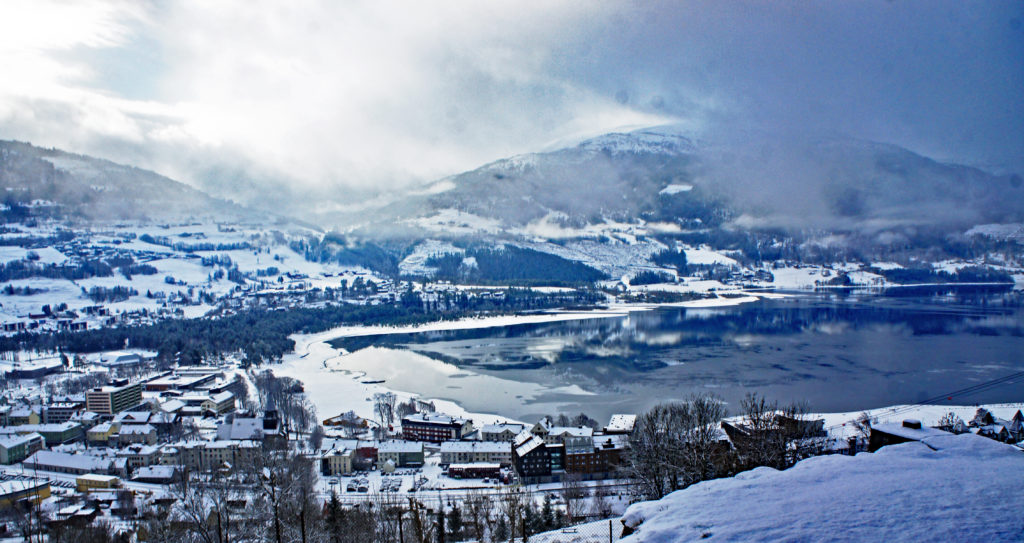
With many thanks to Maren Jervell Lund and the team at Visit Norway, and Atle Ove Martinussen and the West Norway Cultural Academy, for their friendliness, help and hospitality.
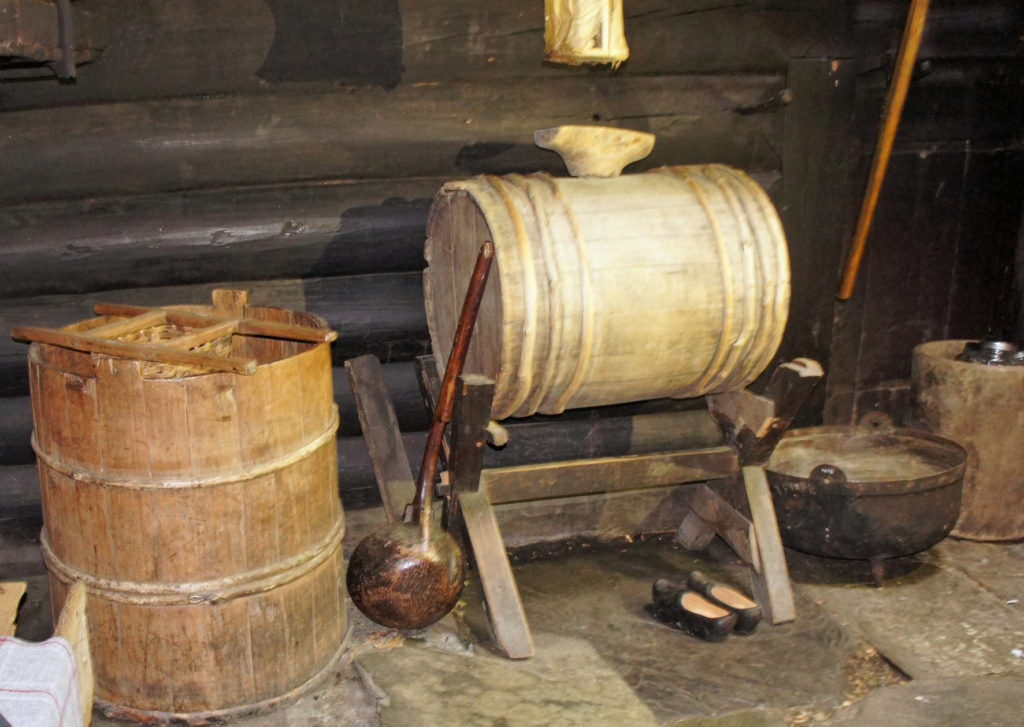
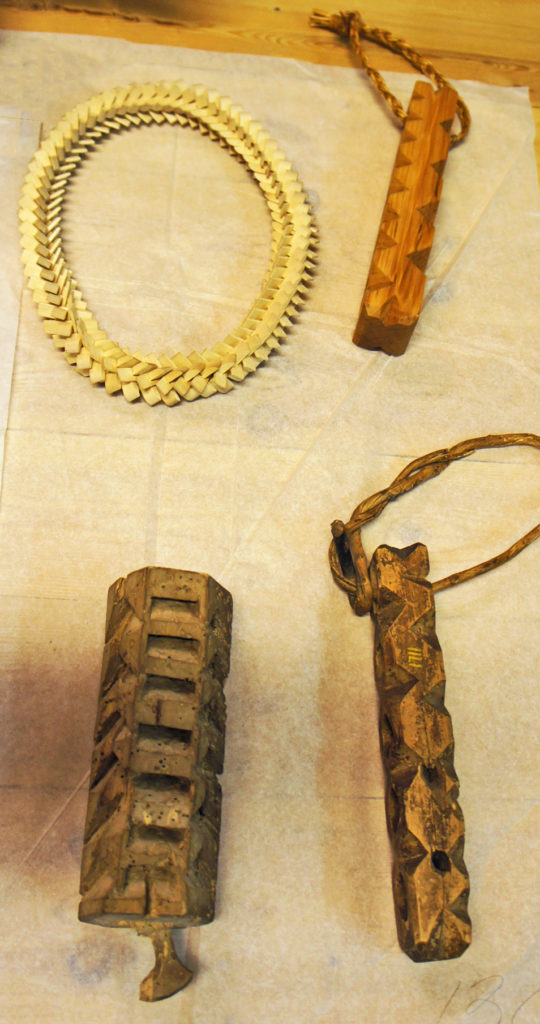
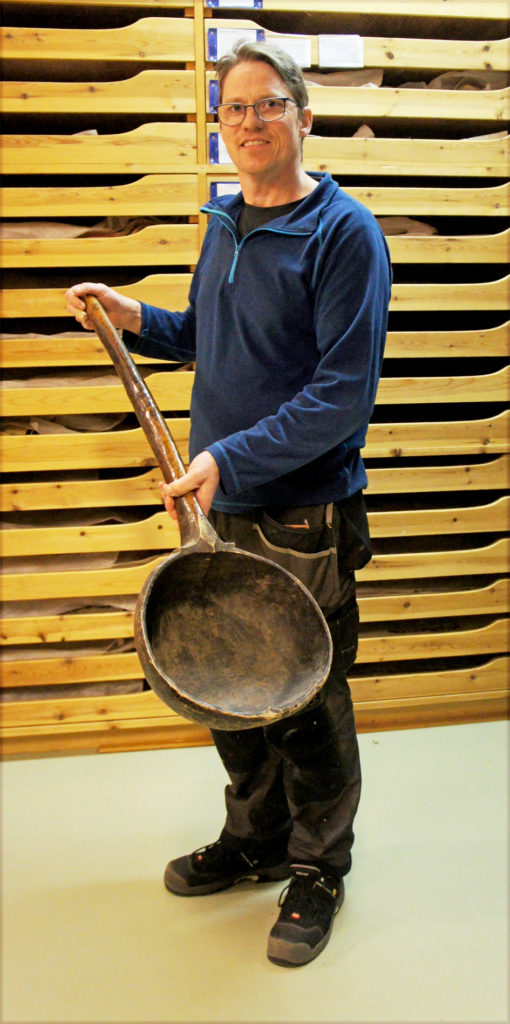
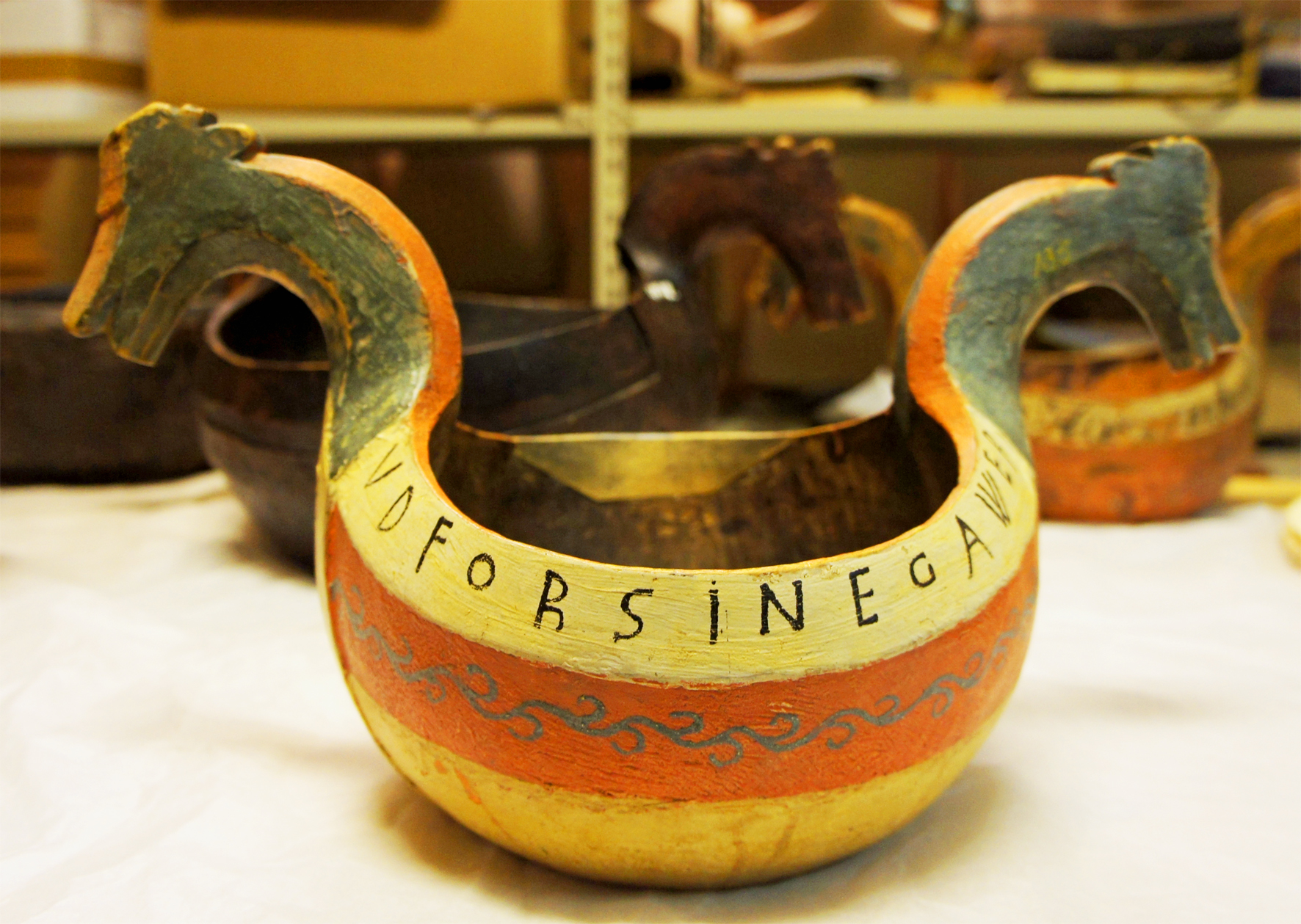

Great stuff, Martyn. Thanks for writing this up!
One nit, though: kveik will actually happily ferment at 20C. Still a little faster than normal yeast, but slower than at 30-40C. In fact, it will ferment well below 20C. I’ve had some excellent beers fermented with kveik at 14C.
Voss Bryggeri actually is in Voss. It’s not important, but it’s an interesting example of how confusing place names often are in western Norway. Outsiders always refer to the town as Voss, but officially it’s Vossevangen. The locals, however, always call it Vangen. Everyone refers to the county as Voss. So Voss Bryggeri is in Voss the county but not in Voss/Vossevangen/Vangen the town.
Several places in western Norway actually have this exact same weirdness. I was born in Lærdal, officially Lærdalsøyri, but Øyri to the locals. My mother comes from Sogndal, officially Sogndalsfjøra, but Fjørao to the locals. In both cases there’s also a county with the same name. And so on.
Hi Martyn
Thank you very much for publishing this. It is important to get this information out internationally, especially the work we do to with the application for Unesco is world news.
I will keep you updated about the progress as we proceed with the application and the research.
All the best
Atle
Please add me to the email list, to be notified when new posts are up, if possible.
Hey Martyn
Still not included in 2022 heritage list, sadly. We’re wondering what happened with the process. Was anything updated since this blog? Of note it’s Untappd not Untapped. Great article! I tried Voss courtesy of B United, their American importers, in 2015 or so.
It takes years to get approval, apparently. And while as a journalist I do try to be accurate, as far as Untappd is concerned, I don’t really care.